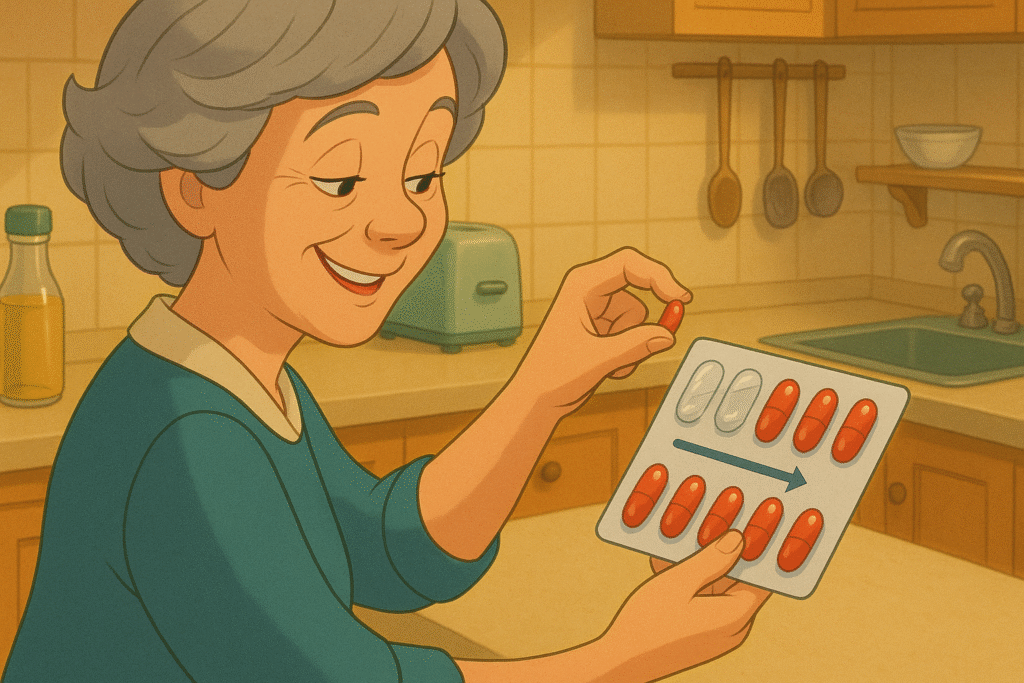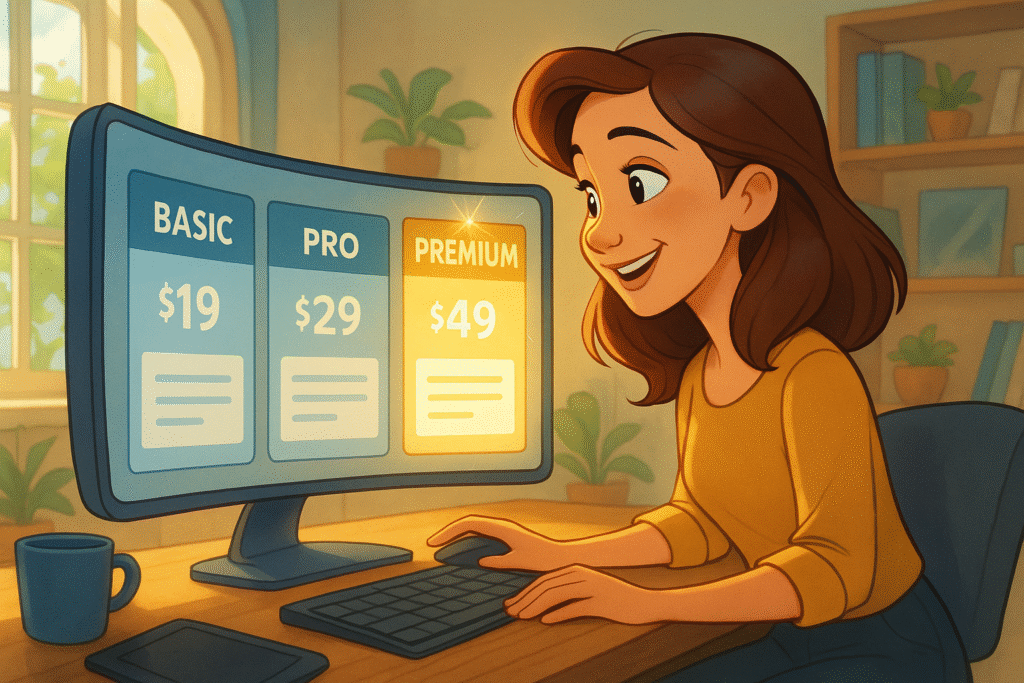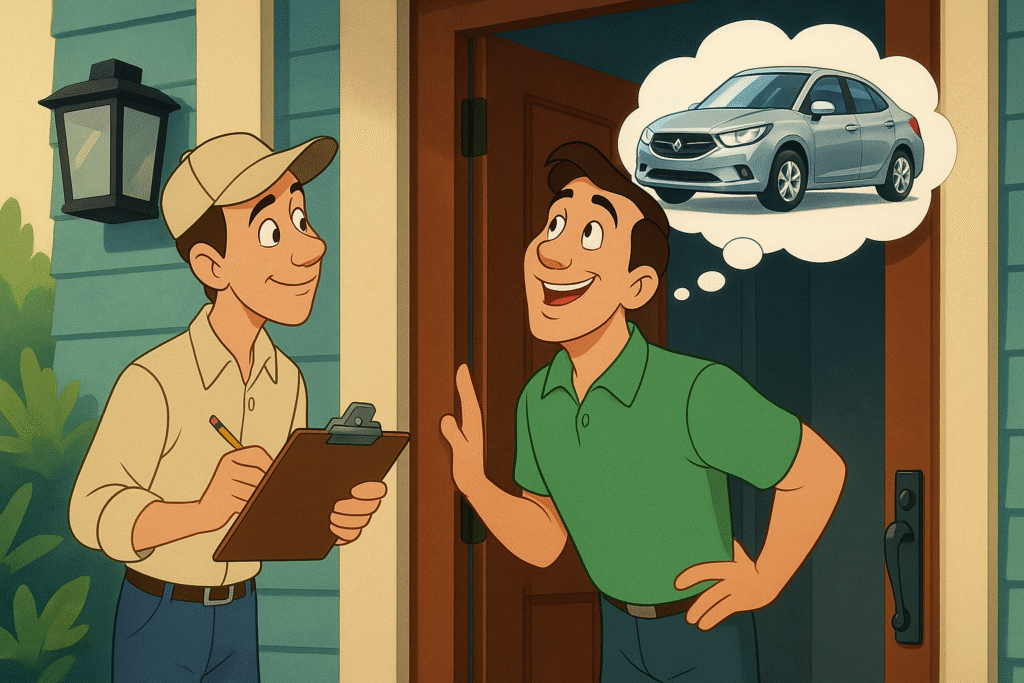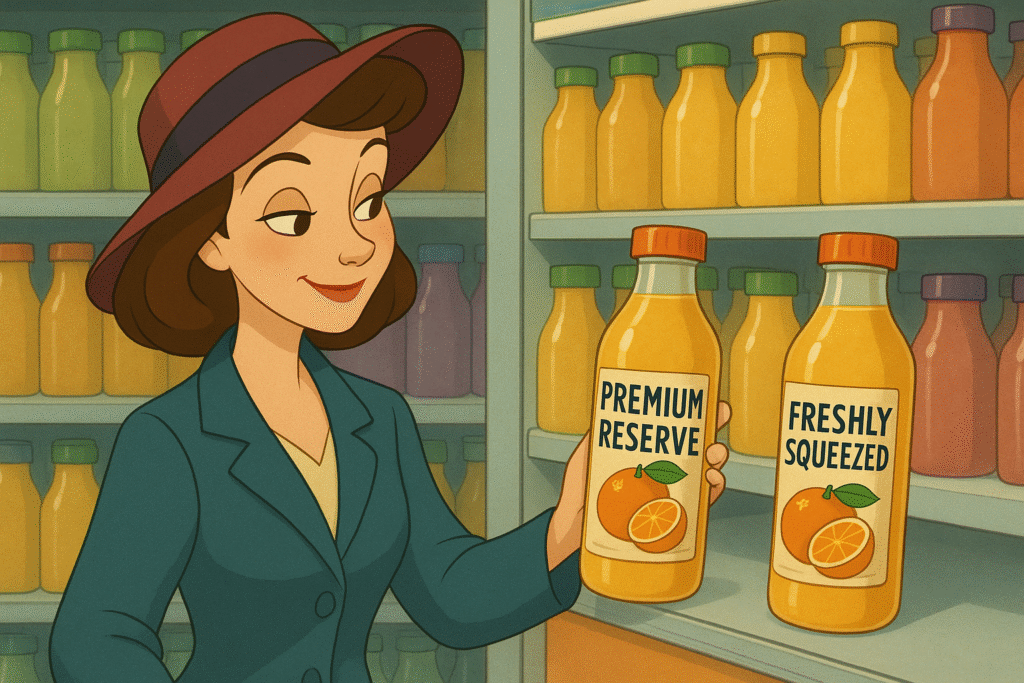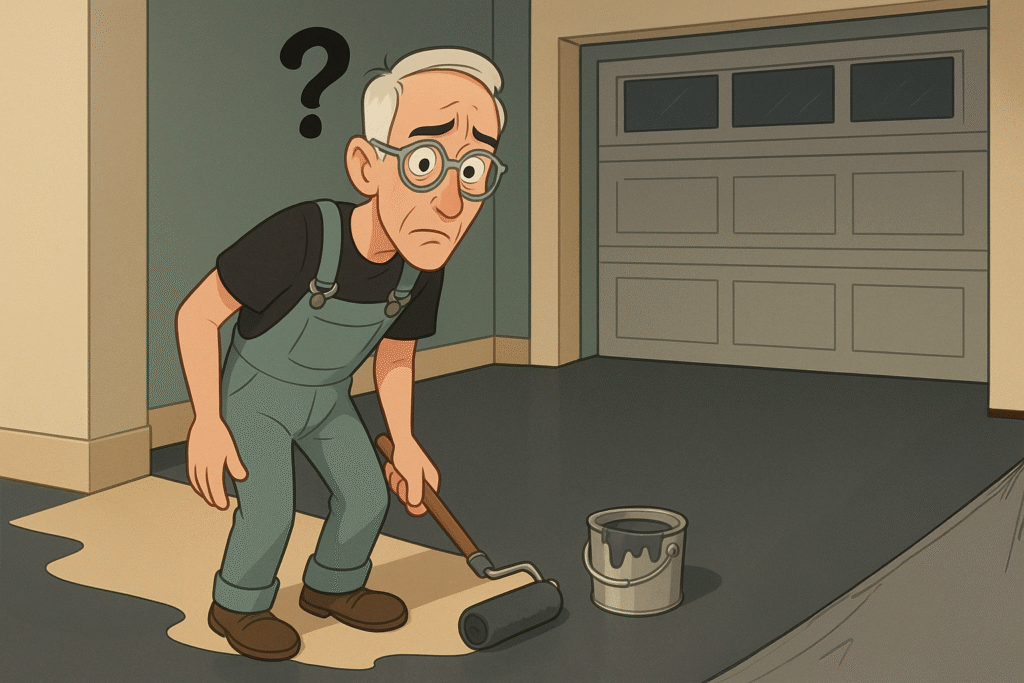Halloween is one night when strangers still open doors for each other. My wife and I still take our girls trick-or-treating. We know these years are numbered: soon they’ll be too old, too cool, or too busy. So tonight, we might linger a little longer at each door. There’s something deeply human about the whole exchange: knock, wait, smile, offer, thank. A tiny ritual of trust repeated a hundred times in one night. That’s what great products do, too. They build small, repeatable moments of...
1 day ago • 1 min read
In 2026, your product may talk — not via voice, but via persuasion cues. Conversational AI uses framing and nudges to steer choices. Increasingly, physical products are borrowing those same tactics. Pharma blister packs that will only release one pill a day, nudging correct usage. Fitness wearables that vibrate right as you slow down, urging an extra push. Premium snack packs that open from the “bigger size” side first. These are not fun design quirks. They are persuasive affordances: subtle...
3 days ago • 1 min read
Reader Veronica from San Francisco asked: does “premium” wording work for software too? It does, with a few extra levers. The same psychology I wrote about a couple days ago applies: words like Premium, Pro, and Studio signal higher competence, capability, and care. They set an expectation of quality before any feature list gets seen. But software has one massive difference: it’s intangible. You can’t feel its weight or texture. You can’t smell, taste or squeeze it. So language has to do a...
4 days ago • 1 min read
Simply asking “Hey, how likely are you to buy this?” raises the odds someone actually WILL. In behavioral psychology, the mere-measurement effect describes how measuring a person’s intention influences their subsequent behavior. When people are asked about their purchase intentions, they tend to then act more in line with those intentions. In a classic field study, consumers were asked “How likely are you to purchase a new car?” Later, those who answered the question (whether yes or no) were...
6 days ago • 1 min read
The words you use can change how your product feels. And how it sells. A blind-test study found that when two identical orange juices were labeled differently (one “Regular,” the other “Premium Reserve”) the “Premium Reserve” version scored higher on taste, satisfaction, AND even packaging appeal. In effect, the wording made the SAME product look and taste better. What the Fruit-juice, right? This happens because price and message prime sensory experience. They do more than signal status;...
7 days ago • 1 min read
Sometimes when I’m stuck on a project, I realize I’m looping the same thoughts. That’s usually my signal to step away, because instead of solving the problem, I’m worsening it. Researchers at Nature just introduced Centaur, a foundation model trained to do exactly that: Simulate human reasoning across thousands of psychology experiments. And it doesn’t simply predict outcomes. It predicts how people will think, where they will mess up, and why they will change their minds. That matters for...
8 days ago • 1 min read
WD-40 didn’t just listen to customers — they solved their own frustration. For decades, the biggest problem with WD-40 wasn’t what was inside the can. It was that darned little red straw. Everyone lost it. I couldn’t even tell you how many I have lost. They fell off, rolled under tool benches, got taped to the side of something else, or vanished completely. The company’s own engineers were just as annoyed as the rest of us. So they fixed it. They built the Smart Straw — a permanently...
9 days ago • 1 min read
Your first 10 reviews may matter more than your 1,000th. A stack of glowing reviews does something bigger than reassure buyers. It creates a bandwagon. Researchers Xiao & Myers call it the bandwagon heuristic: the more reviews and the higher the average rating, the stronger the “everyone’s buying it” signal. That signal directly boosts conversions. And once it starts, it feeds itself. More buyers → more reviews → even more buyers. Like many things, it isn’t linear. In early stages, each...
10 days ago • 1 min read
Imagine a product that quietly (but verifiably) shifts your mood while you use it. Unilever is deeply exploring neurosignalling. Engineering products to trigger emotional states through subtle sensory cues. A lotion that really calms: by combining soft tactile textures (creamy, smooth glide) with fragrances tied to relaxation (lavender, chamomile) scents can activate brain regions tied to calming states via direct olfactory links to emotion centers. A drink that truly lifts energy: by...
11 days ago • 1 min read


